(149538 products available)



















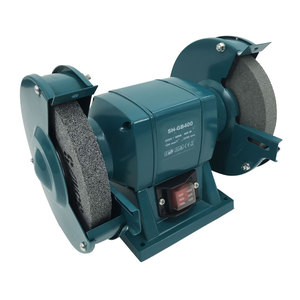


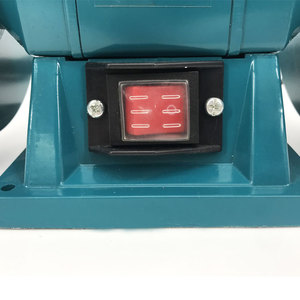



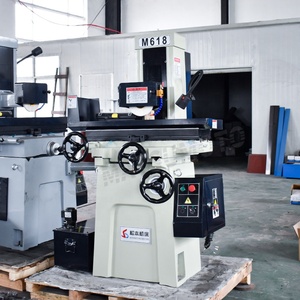












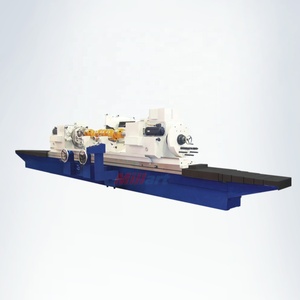

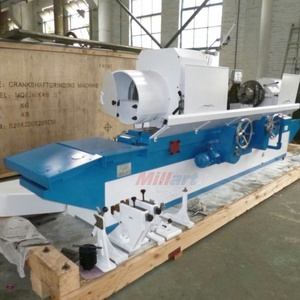
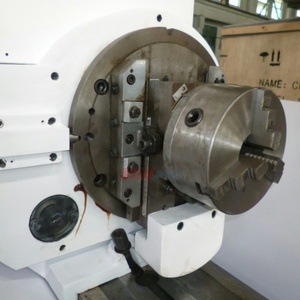


















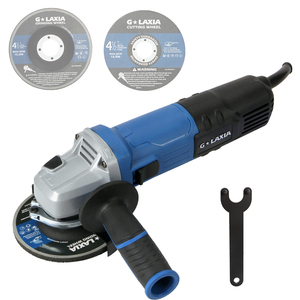
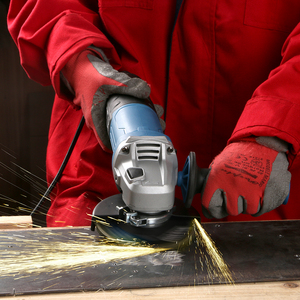












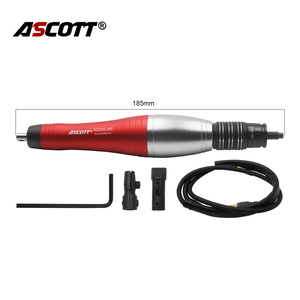











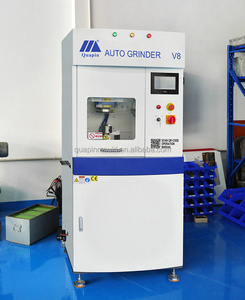







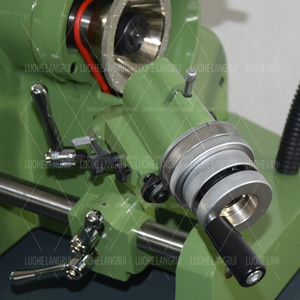
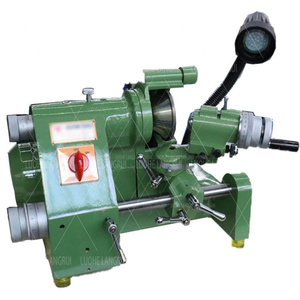







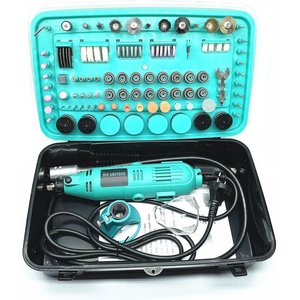


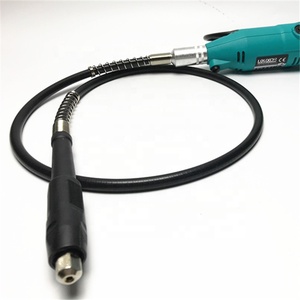
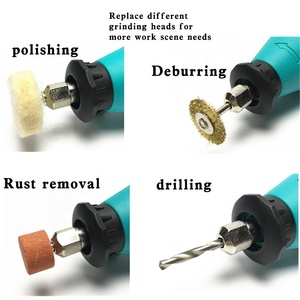


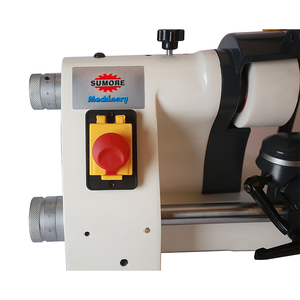
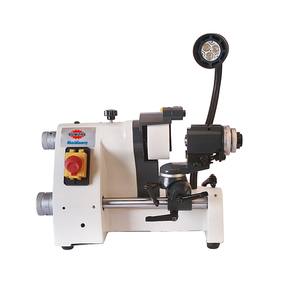
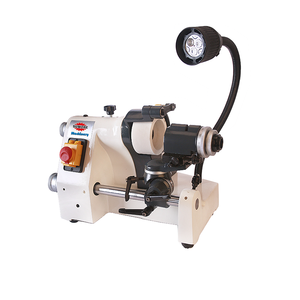



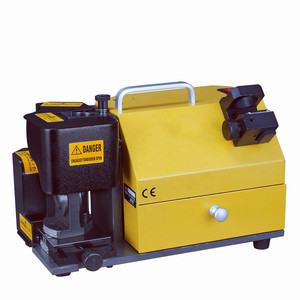

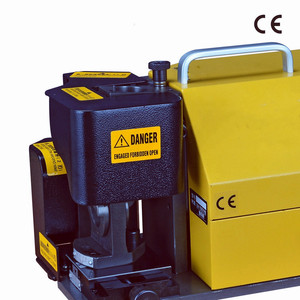













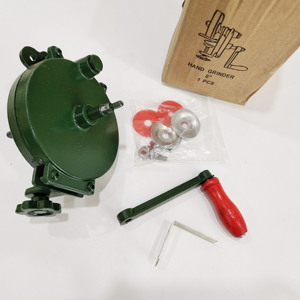























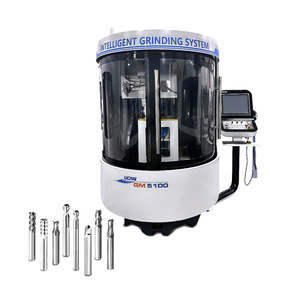









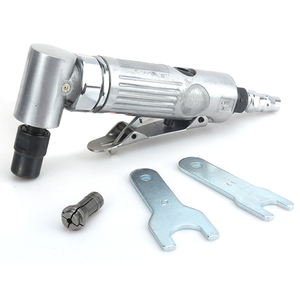

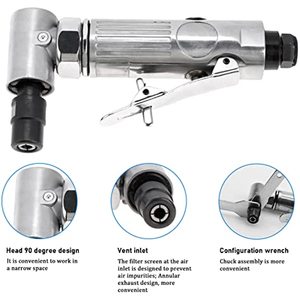




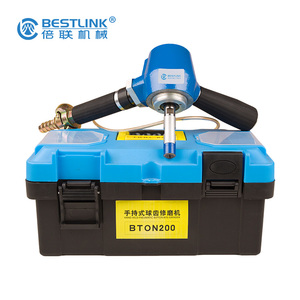










A tool grinder is a kind of machine that is used to grind the cutting edges and surfaces of various tools and materials. Different types of tool grinders are designed to grind different types of tools and materials, as well as to perform different functions. Some of the main types of tool grinders include the following:
Tool and cutter grinders have a lot of different specifications. The table below shows some of the most important ones
Tool and cutter grinders come in a variety of types. These include belt, bench, and floor grinders. There are also centerless, cylindrical, internal, and surface grinders. Another kind is the universal tool grinder, which can handle a lot of different workpieces and is therefore very versatile.
Tool grinders come in many different sizes, from small bench models to larger floor-standing models. The size and weight of the grinder will depend on the type of the machine and the range of workpieces it can handle.
Grinder machines have a lot of power and speed. The power is measured in watts and can vary between 250 W and 3,000 W and more, depending on the size of the grinder and the type of work it does. The speed of the grinder is measured in revolutions per minute (RPM). Typical grinder speeds vary from 2,000 to 4,000 RPM. The power and speed of the grinder’s motor will determine how fast it can remove material from the workpiece.
Tool grinders can accommodate various sizes and shapes of workpieces. The maximum length, width, and height of the workpieces that a tool grinder can hold will depend on the size and design of the machine.
Tool and cutter grinders can sharpen many types of cutting tools. These include drills, end mills, and face mills, among others. The type of cutting tool will depend on the design of the machine and the specific needs of the application.
Maintenance
The following maintenance tips will help to ensure that the tool grinders work properly and last for a long time
Tool grinders are used in various industries and applications where precision and sharpness are essential. Here are some common scenarios where tool grinders are used:
Tool grinders play a vital role in the manufacturing and fabrication industries. They are used to ensure that cutting tools, such as end mills, drill bits, and reamers, are precise and sharp. These machines are used to re-sharpen, re-profile, and recondition these cutting tools so that they can meet the tight tolerances required in manufacturing and produce quality workpieces.
In the construction industry, tool grinders are used to maintain various types of cutting tools that are used for cutting concrete, steel, and other materials. These tools include saw blades, diamond tools, and router bits, among others. The grinder ensures that the cutting tools are sharp, which is essential for achieving clean cuts during construction projects.
The automotive and aerospace industries heavily depend on precision cutting tools, such as drills, end mills, and reamers, to manufacture engines, transmissions, and other components. These tools must be sharp to ensure consistent quality. Tool grinders are used to re-sharpen these tools so that they can achieve precise shapes and dimensions in the metal and other materials used in these industries.
Tool grinders are used by repair and maintenance services to recondition and re-sharpen various tools for their clients. These could include woodworking shops, automotive repair shops, and any other business that relies on sharp tools to get their work done. The tool grinders allow them to avoid the cost of replacing the tools and equipment by sharpening and reconditioning the tools, thereby extending their useful life.
When choosing a tool grinder for industrial use, it is crucial to consider some factors to ensure that the machine meets the industry’s needs. The first step is to evaluate the types of tools that need grinding. Different tools require different types of grinders. For instance, a bench grinder with a larger grit is more suitable for metal tools, while a bench grinder with a finer grit is more suitable for softer materials. Also, consider the sizes and shapes of the tools that need to be ground. Ensure that the grinder is compatible with the tools' dimensions. If not, the industry may need to make additional purchases to make the grinder compatible, which can add to the expenses.
The tool and cutter grinder will be used more often in an industrial environment, so it is essential to choose a machine that can handle the industry's workload. Consider the grinder's power and ensure that it is sufficient to grind the tools required at the industry. If the machine does not have a power, it may fail to grind the tools or take an extended period. Also, consider the grinder's capacity. Opt for a grinder with a large capacity if the industry needs to grind a high volume of tools. If the grinder has a small capacity, the industry may need to consider purchasing multiple grinders to meet the workload, which can increase the costs.
Finally, consider the type and quality of the results the grinder produces. The industry needs to choose a machine that produces the desired finish. If the machine does not produce the desired finish, the industry will have to use additional resources to correct the grinded tools, which can add to the expenses. Look for reviews, recommendations, and referrals from other users to ensure the chosen machine delivers a satisfactory performance. Also, consider the machine's maintenance requirements. Choose a machine that is easy to maintain to minimize downtime and ensure the industry’s operations run smoothly.
Q1 What are the benefits of CNC tool and cutter grinders?
A1 CNC tool and cutter grinders offer various benefits. These include the ability to produce complex shapes, high precision, and automated operation.
Q2 What are the key features of tool grinders?
A2 Key features of tool grinders include the type of wheel it uses, the types of tools it can grind, and the materials and coatings it can accommodate.
Q3 What are the trends in the development of tool grinders?
A3 Some trends in the tool grinder space include the use of automation in the form of robotic arms and computer numerical control (CNC) technology. These trends are aimed at improving efficiency and accuracy.